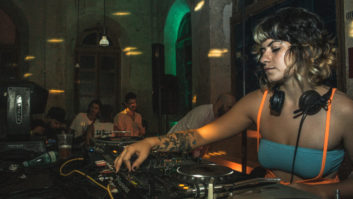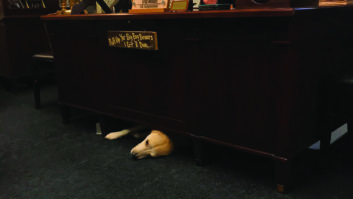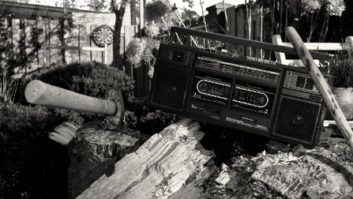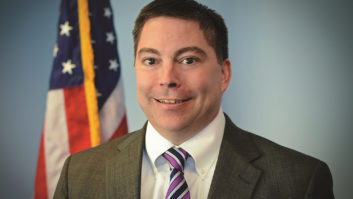The author is membership program director of the National Federation of Community Broadcasters. NFCB commentaries are featured regularly at www.radioworld.com.
Public media is in soul-searching mode right now. Big organizations like WBUR, Houston Public Media and Minnesota Public Media have laid off scores of staff. The death of George Floyd and nationwide Black Lives Matter protests have sparked many prominent organizations to have their quinquennial (that’s “every five years,” nongrammar nerds) introspection about racial diversity. And the pandemic has pushed others to consider how to ensure noncommercial media’s existence for years to come.
The diversity conversation is of particular interest to me because, for one, to paraphrase something that became clear during my fellowship with the Maynard Institute for Journalism Education, inclusion is a strategic decision for any organization, which relates back to sustainability. As well, as someone not white in noncommercial radio, I appreciate how diverse voices inform fuller conversations in media.
[Read: Community Broadcaster: Rest in Peace]
Dozens of public media groups have made statements on racial equity in the last month. I respectfully submit that anyone pondering why public media has a diversity challenge may wish to try a little harder, because those answers are quite obvious.
Public media has a fundamental problem with its orientation. Just like chasing the big headline, there is a lot of focus on the top players. Making dominant voices the default can have disastrous effects. When the frame of reference is one in which the attention is on top-tier organizations and what they do, diverse voices will always be marginalized until the aforementioned every-five-years rolls around.
To be clear, some of the biggest organizations are doing wonderful work. But they and many others would concur this is a systemic, not individuated, matter. If this normalization of power is to stay the name of the game, let’s not suffer handwringing about why black, indigenous and people of color don’t stay.
In addition, a lot of attention is also paid to hiring and leadership, but very little to governance. All-white or virtually all-white public media staffing should have been addressed long ago, of course, but hasn’t in many organizations. A board that is white by 75% or more is something worthy of conversation. This issue is complicated by boards not making diversity and inclusion explicitly central to discussions with new board members. Boards and top staffing must be replaced with those who appreciate contemporary currents.

Finally, it does not take an internet sleuth to see all the latest words from everyone in public media about racial equity and Google what actions they have taken and demonstrable successes you can see from them in the last five years in pursuit of inclusion. What is their staffing and board diversity now, last year, or the year before? How are they investing in communities of color? Who glossed over diversity or accountability? What were they doing before these statements? Maybe you can set a calendar reminder to check up on them in 12 months, too.
In full transparency, the National Federation of Community Broadcasters has a strong record on these issues since our founding in 1975. We were conducting producers of color conferences in 1982; launched African-American, Latino and indigenous initiatives in subsequent years; have the most diverse board in public media; consistently diverse staffing for decades; and are working with stations now to not just talk about, but address these issues. We’ve worked on diversity, equity and inclusion for generations. I applaud any organization that can say the same.
Diversity, equity and inclusion are more than simply the right thing. They are a choice that organizations make to align with donor and community values, and to solidify their futures.







